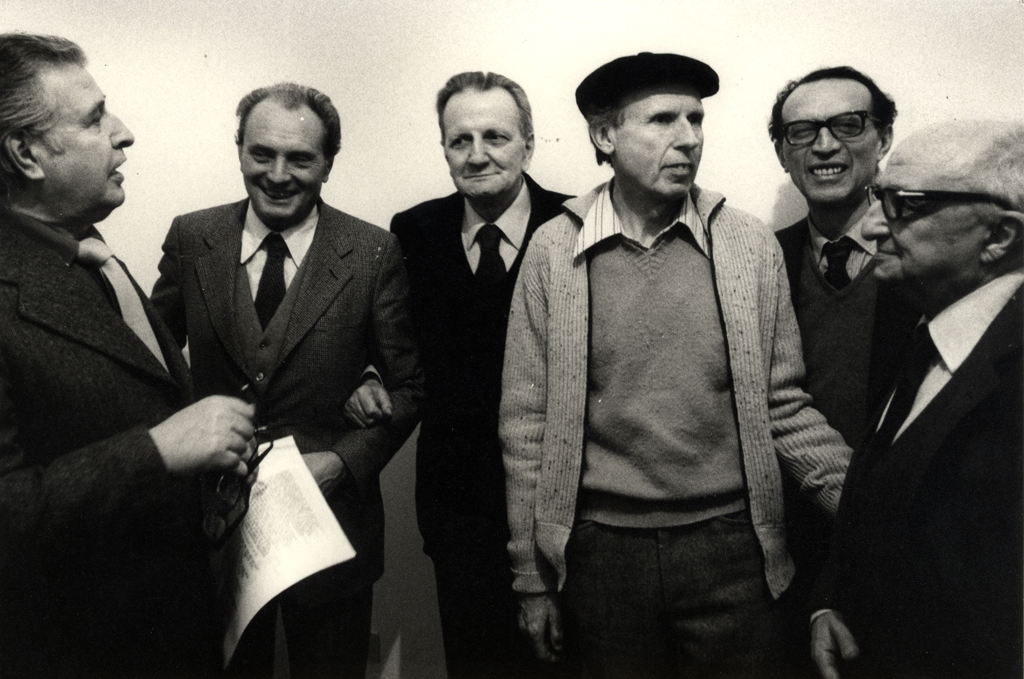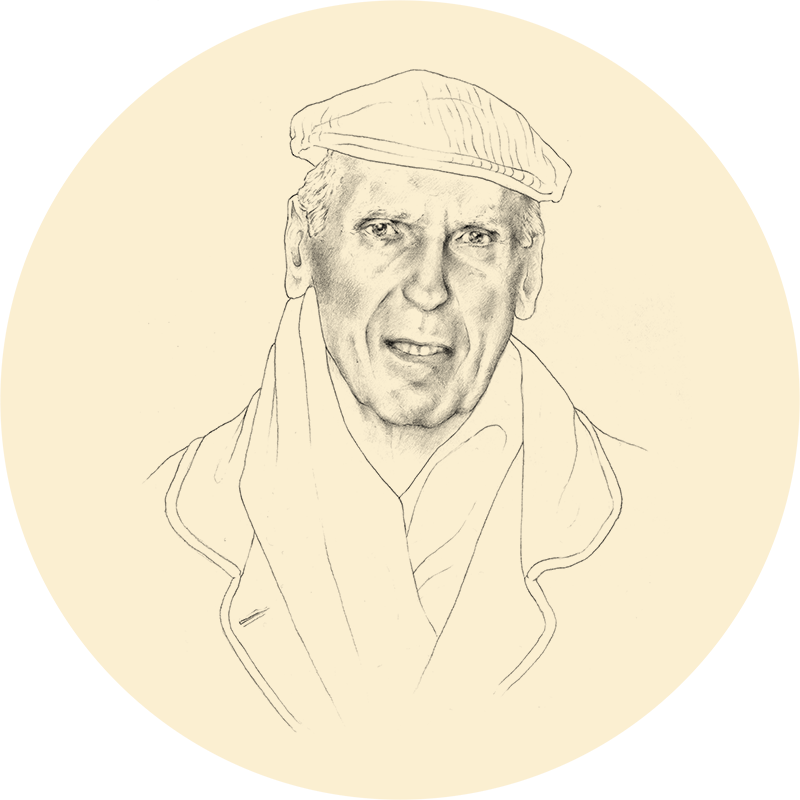In Milan, with your family, you lived at Via Montebello 32, in the big villa that after the war one of your brothers – who cared more than you did about the title of count – managed to demolish to promote a very profitable real estate operation, in the heart of a city that was changing its skin for the umpteenth time. The editorial offices of the magazine were in your house. And you were its editorial staff.

How long did the Corrente experience last? A very short time. But it was amazingly fertile, the milestone that oriented your entire existence. Those were the years in which you wrote experimental texts for Giorgio Strehler and Paolo Grassi (and texts performed by Franco Parenti at the Sala Sammartini), years when you learned to paint from Bruno Cassinari and to manage a magazine whose contributors were artists, philosophers, poets, often some years your senior: Luciano Anceschi, Carlo Bo, Renato Birolli, Antonio Banfi. Then there were the exhibitions of paintings – at the Permanente or the Galleria Grande on Via Dante – with Carlo Carrà, Giacomo Manzù, Renato Guttuso, Mario Mafai. The list of collaborations was very long, long enough to quicken the pulse. You, a tall, slim youth, not yet twenty, were learning by doing. Vittorio Sereni always acknowledged this virtue of yours, “the habit of shared work and absolute dedication to it.”
Art, life, society, politics were all one and the same thing, for you. As was love. You met Lidia because you knew her brother, “Raffaellino” De Grada. Your friend and collaborator, arrested the first time by the regime in 1938 and then again imprisoned for the strikes organized at Pirelli in ’43. In those years your magazine had been banned by the police, but during the war you continued to publish, in the “Edizioni di Corrente,” the poems of Vittorio Sereni, the translations of Greek lyric poetry by Salvatore Quasimodo, the theater pieces of Beniamino Joppolo, the photographs of Alberto Lattuada. And you continued your antifascist activism, organizing secret meetings and distributing flyers around the city.
On a day of leave from the front, Cassinari organized a party in his studio, on Via San Tomaso. You were young, things got wild, with Giorgio Labò, who died a partisan, a few years later, walking on the roof cornice, and Giuseppe Migneco so drunk he fell asleep on the jump seat outside the door. You, instead, spent the whole evening talking with Lidia. About war, peace, painting, art. Life. You never parted, after that. You made love for the first time on the hard floor of the Corrente gallery. After the fall of Mussolini your studio became the underground office of Unità. You were arrested, and it took your father and all his connections to get you out. You fled to Switzerland, with Lidia pregnant, without papers. There you helped to move weapons over the border, for the Resistance.
